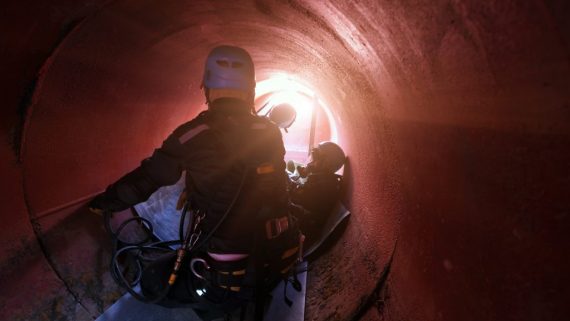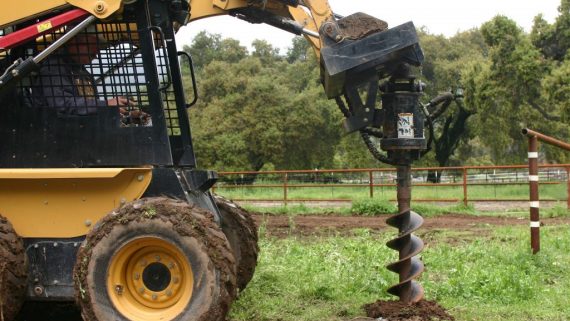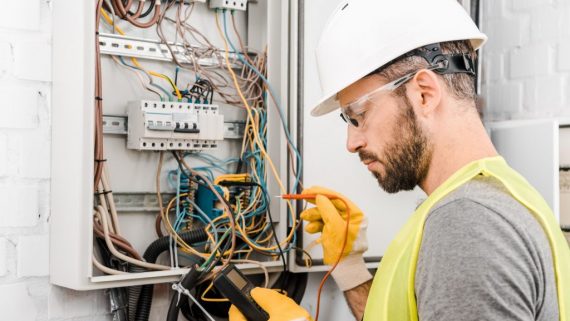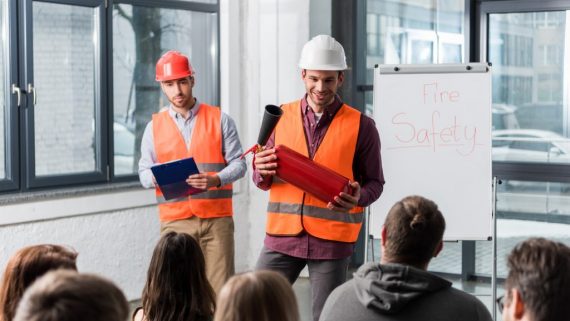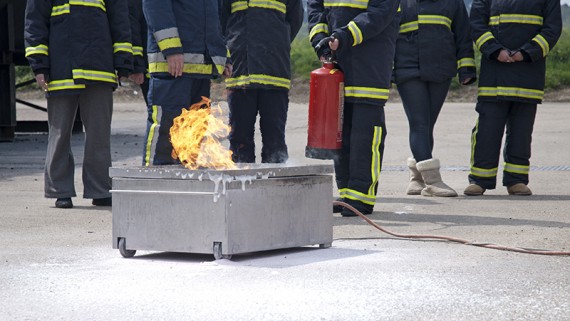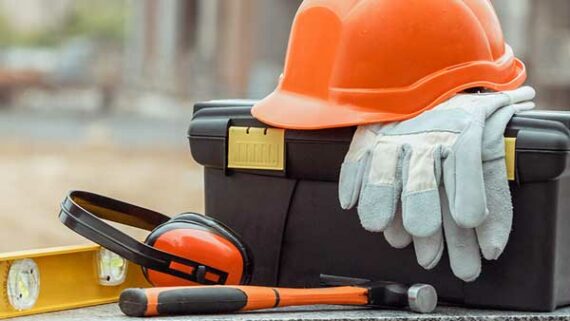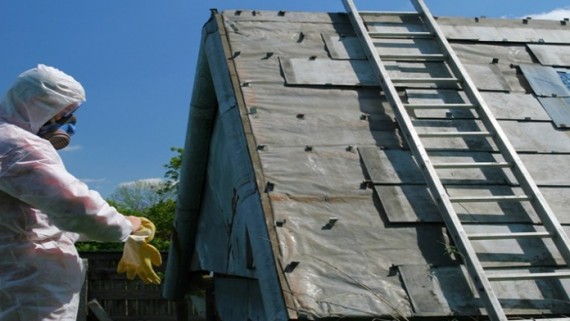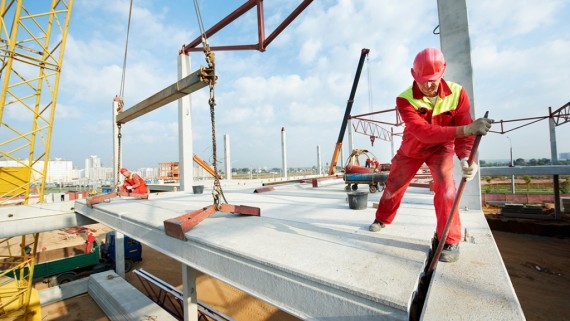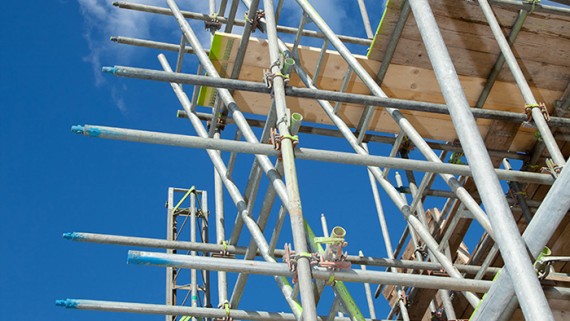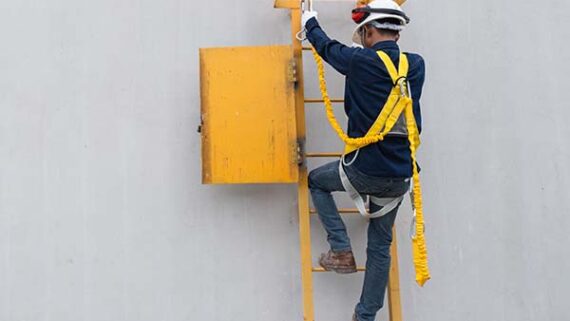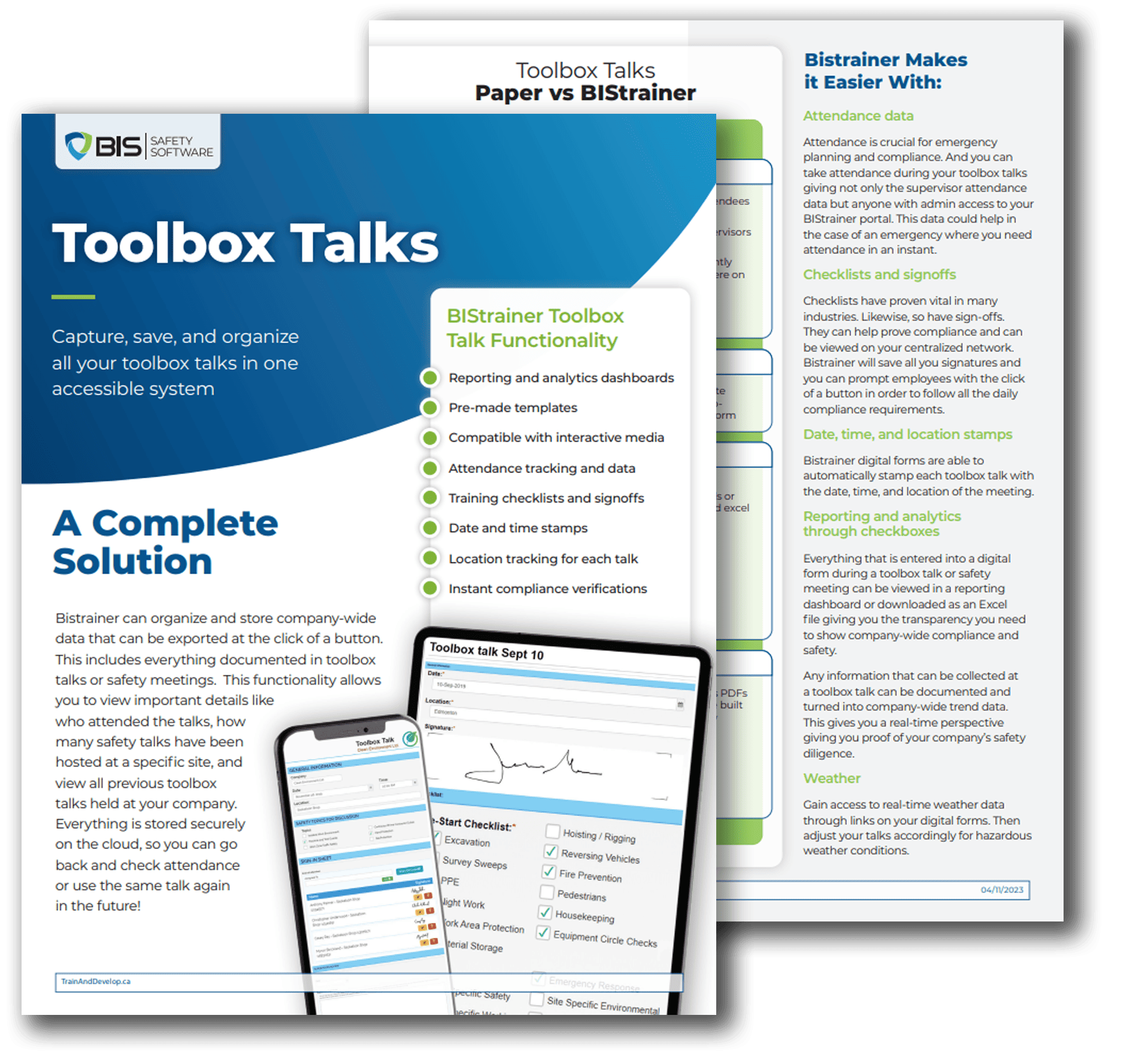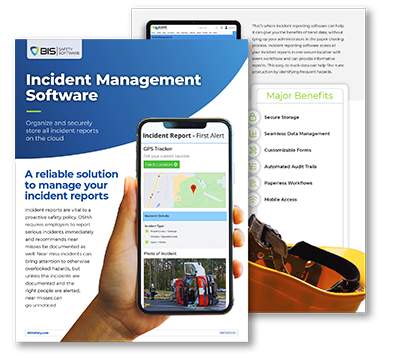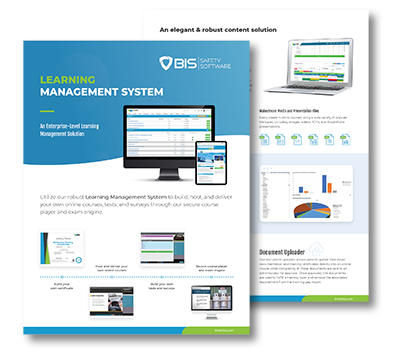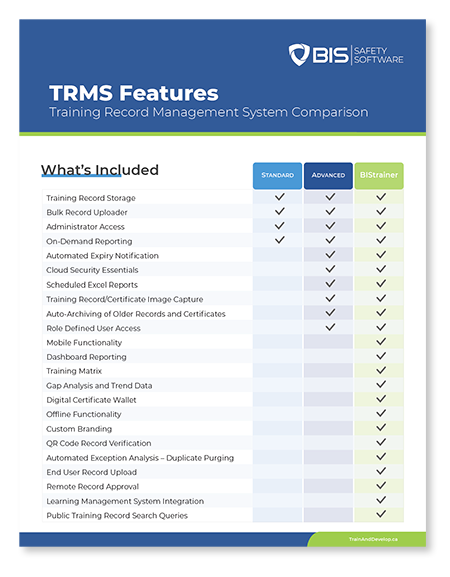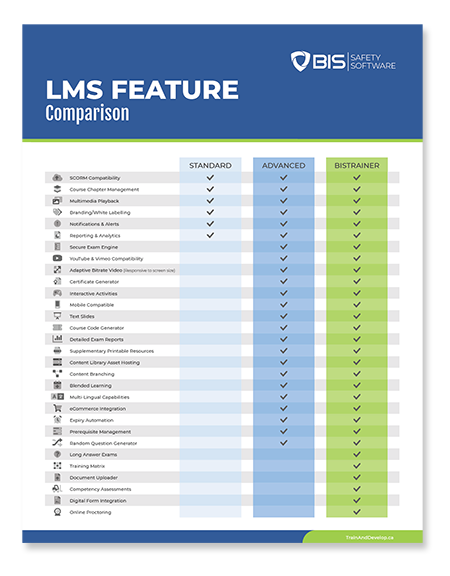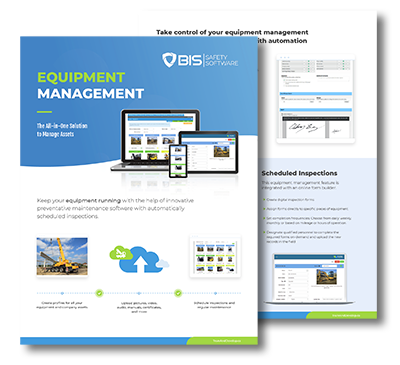Gas Detection & Nitrogen Awareness
Gas Detection and Nitrogen Awareness Training
Online Course Overview
Industrial environments contain many types of hazardous atmospheres, which have the potential to cause severe injuries, health issues, or even death. This Gas Detection and Nitrogen Awareness course can teach your staff about hazardous atmospheres and their risks, and how to prevent accidents. The scope of the course includes planning, gas testing, and training requirements.
Gases can create many types of hazards in workplaces, depending on their physical and chemical properties:
- Flammability and explosivity limits
- Toxicity
- Asphyxiation
- Oxygen deprivation or enrichment
Nitrogen requires special attention: since the gas is unreactive, it is often used to displace dangerous gases in industrial settings. Nitrogen makes up 78% of the air we breathe normally, but it can displace oxygen in pure form, causing suffocation. Therefore, when nitrogen is used to remove other gases, workers should not assume that the atmosphere becomes safe immediately.
This course will train you on the basic principles of detecting and controlling hazardous atmospheres. The topics covered include the most common devices used to detect gases:
- Gas detection tubes: bellows-type and piston-type detectors
- Gas monitors: fixed, portable and personal
The online course also includes topics like flammability limits, explosive limits, gas toxicity levels and safe oxygen levels for breathing.
Who Should Take the Gas Detection and Nitrogen Awareness Course?
This course is recommended for all personnel who will enter work environments that require gas detection equipment. These environments can be found in many industrial settings, such as manufacturing plants, oilfields and pipelines. In addition, the hazards caused by gases tend to increase in confined spaces, due to the lack of ventilation and difficult access.
This course is also recommended for safety managers, even if their direct involvement in hazardous atmospheres is limited. The content provides updated knowledge on hazardous atmospheres and gas detection devices.
In many cases, a single gas measurement is not enough to ensure safety. Worksite conditions can change during an activity, and this includes gas concentrations. In addition, many hazardous gases are undetectable by human senses, which means they can accumulate to dangerous levels without adequate monitoring. Workers must be familiarized with the monitoring devices needed in each case, and how to use them properly.
Gas detection plays a critical role when entering confined spaces, where conditions can change much faster than in regular environments. Since escape and rescue are more difficult, any hazards should be detected as quickly as possible.
GAS DETECTION ONLINE COURSE TOPICS
This online Gas Detection and Nitrogen Awareness course covers the following topics:
- The hazards and characteristics of gases and vapours
- The properties, uses, and dangers of nitrogen
- The difference between gas testing, monitoring, and detection
- Reasons and conditions for testing hazardous atmospheres
- Factors when choosing gas testing equipment
- The proper use of handheld mechanical testers
- The general operation and care of electronic sensors
- Types of electronic monitors
- Zeroing, bump testing, and calibrating electronic monitors
- Proper use and care of personal monitors
Universally Compatible

Why Gas Detection Devices Are Necessary
Many hazardous gases are colorless, odorless, or tasteless. For this reason, they are impossible to detect with human senses alone. In addition, even if gas can be perceived by the senses, this involves direct exposure.
Only a gas detection device can rule out harmful substances that cannot be perceived by the senses, and without exposing workers to dangerous gas levels. Carbon monoxide is a great example of why monitoring is necessary: the gas has no color or smell, but at 1% concentration it is lethal for humans with just a few breaths.
Other gases are not harmful directly, but they create conditions that threaten workers. For example, natural gas is non-toxic but highly flammable and explosive. A natural gas leak will not threaten workers right away, but it can cause a major fire or explosion.
Duration
Average Completion Time
Completion times vary depending on the number of times the information is viewed prior to finishing the course. The average completion time is 75 minutes.

Testing
Knowledge Assessment
You must receive a mark of 80% on each chapter in order to pass this course. Each chapter can be repeated as many times as needed in efforts to achieve the pass mark.

Certificate
Certificate of Completion
Upon successful completion of this course, a certificate will be available to download and print. You can access your certificate through your online account.



